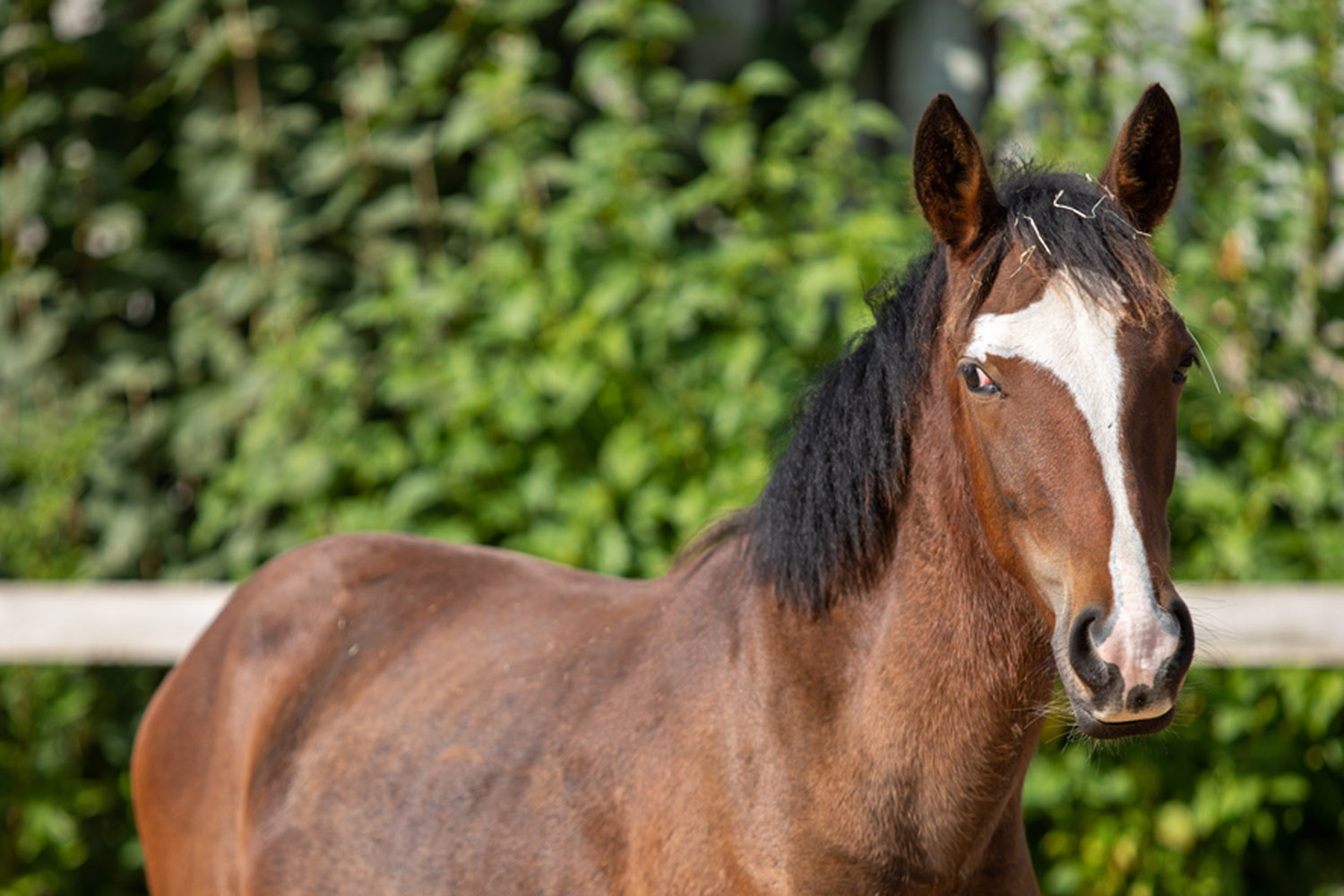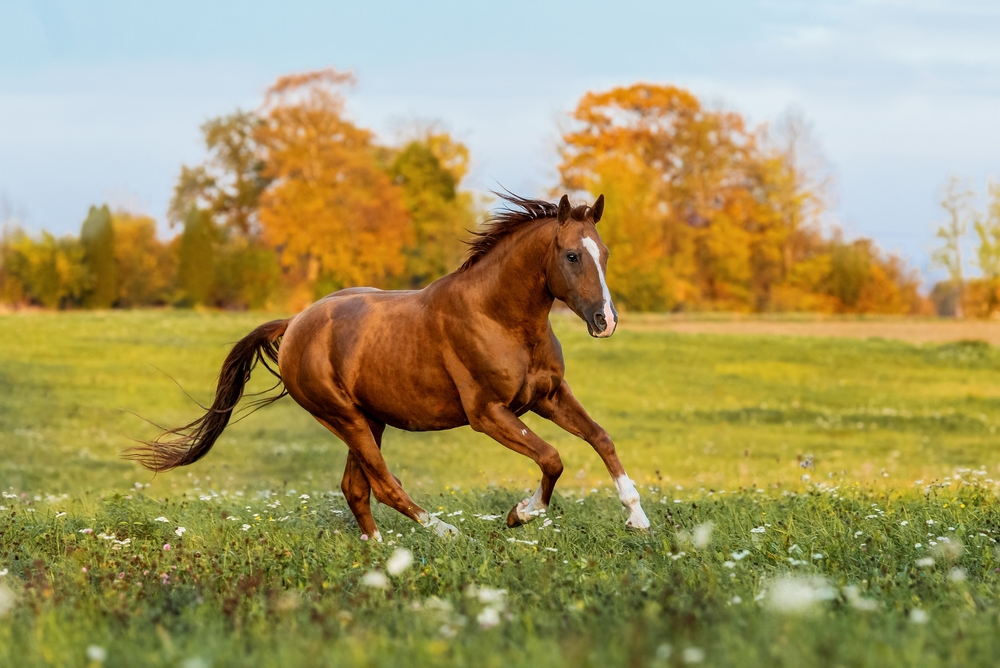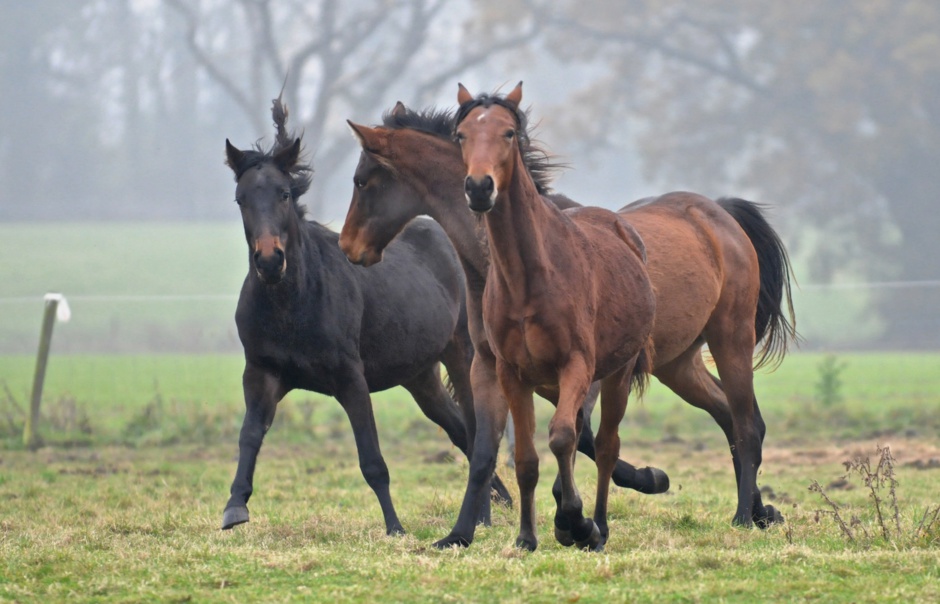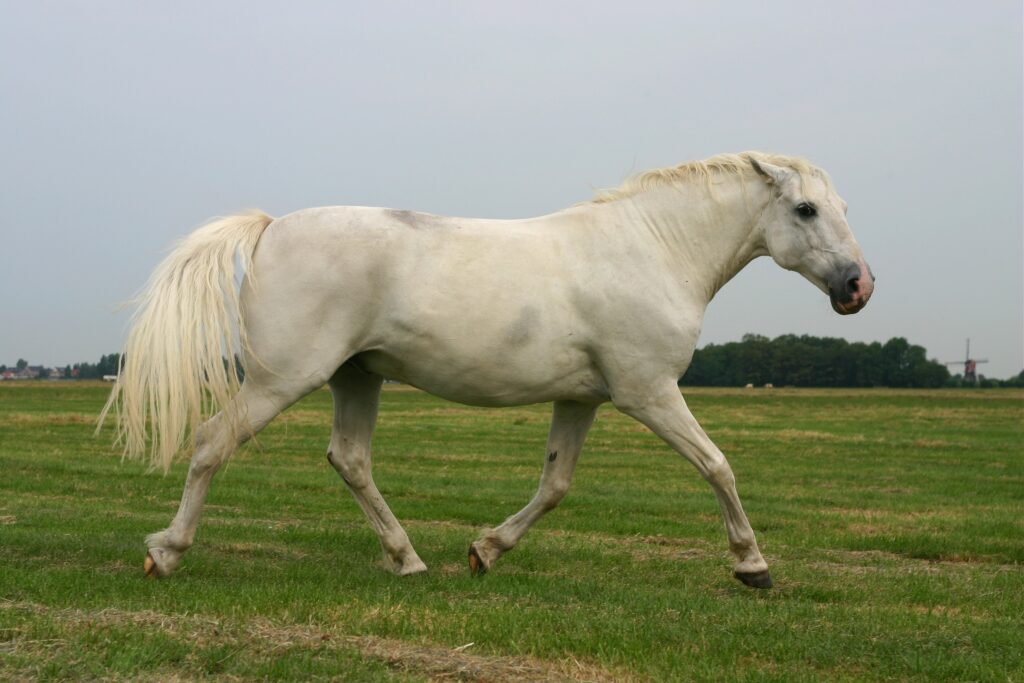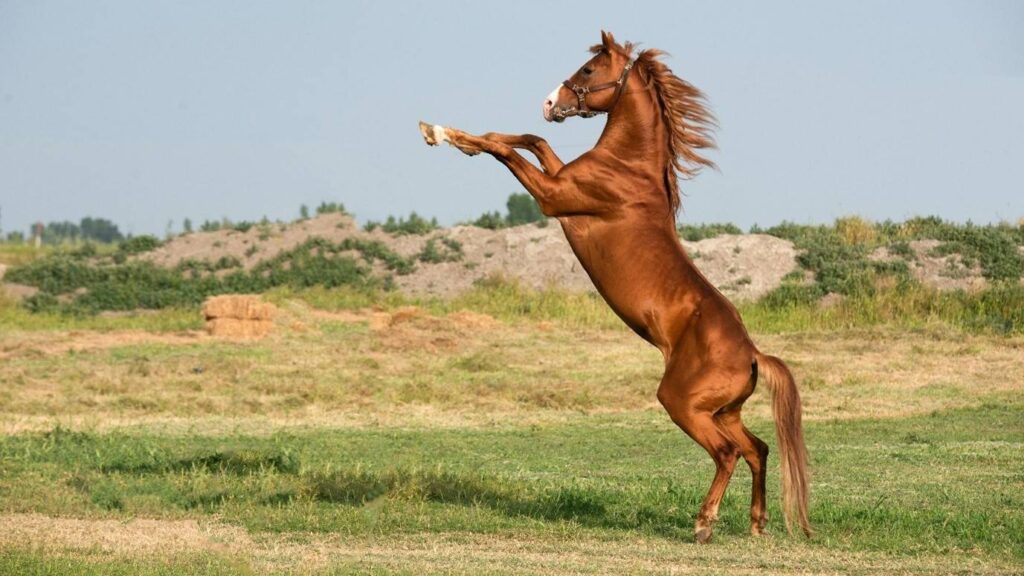For those passionate about equestrian care, particularly the magnificent Andalusian horse, understanding the intricacies of the farrier schedule can significantly impact the well-being of these elegant creatures. The Andalusian horse, known for its intelligence and graceful demeanor, requires specialized attention when it comes to hoof care.
The Andalusian horse farrier schedule is a crucial aspect of maintaining the overall health and mobility of these horses. Regular hoof care not only prevents common equine ailments but also ensures that the horse maintains its characteristic poise and agility.

Why is Hoof Care Important for Andalusians?
The hooves of an Andalusian horse are its foundation. Just like humans need proper footwear, horses require regular hoof maintenance to stay healthy and active. A well-maintained hoof protects the horse from injuries and infections.
Regular trimming and proper shoeing are essential to prevent issues such as thrush, cracks, and other hoof-related problems. For more insights on maintaining the health of Andalusians, you can check out these grooming tips.
Components of the Farrier Schedule
A typical farrier schedule for an Andalusian horse involves several key components:
- Regular Trimming: Every 6 to 8 weeks, depending on the growth rate of the horse’s hooves.
- Proper Shoeing: Selecting the right type of shoe to match the horse’s activity level and the terrain of its environment.
- Inspection for Abnormalities: Regular checks to identify and address any signs of disease or injury at an early stage.
Understanding the Hoof Structure
To maintain a proper Andalusian horse farrier schedule, it’s essential to understand the structure of the horse’s hoof. The hoof is a complex structure made up of several components, each requiring specific attention.
The hoof wall, sole, frog, and white line are integral parts that need regular inspection and care. Learning about these components will help you have informed discussions with your farrier.
Choosing the Right Farrier
Choosing a qualified and experienced farrier is critical. A knowledgeable farrier will ensure that your Andalusian horse receives the best care tailored to its specific needs. Look for a farrier with proven experience in handling Andalusians.
To further explore the unique characteristics of these horses, consider reading about their intelligence.
The Role of Nutrition in Hoof Health
Nutrition plays a vital role in maintaining healthy hooves. A balanced diet rich in essential nutrients supports strong hoof growth. Vitamins and minerals, particularly biotin, calcium, and zinc, are crucial for hoof health.
For more information on feeding practices, visit our feeding guide.
Common Hoof Problems and Solutions
Even with a strict farrier schedule, Andalusian horses can develop hoof problems. Common issues include:
- Thrush: A bacterial infection that affects the frog of the hoof.
- Hoof Cracks: Often caused by dry conditions or improper trimming.
- Laminitis: A serious condition that requires immediate attention.
Understanding these conditions and working closely with your farrier can help prevent and treat them effectively.
Environmental Factors Affecting Hoof Health
The environment in which your Andalusian horse lives plays a significant role in hoof health. Wet, muddy conditions can lead to infections, while overly dry conditions can cause cracks.
Ensuring a clean and balanced environment is crucial. Consider the horse’s living conditions when planning the farrier schedule.
Seasonal Adjustments to the Farrier Schedule
Different seasons may require adjustments to the farrier schedule. In wetter months, more frequent checks may be necessary to prevent thrush. During drier months, moisturizing treatments might be needed to prevent cracking.
Adapting the schedule to seasonal changes ensures that your horse’s hooves remain in optimal condition year-round.
FAQs About Andalusian Horse Farrier Schedule
How often should an Andalusian horse see a farrier?
Typically, every 6 to 8 weeks, but this can vary based on the horse’s activities and environmental conditions.
What are the signs of hoof problems in Andalusians?
Look for lameness, unusual odor, or visible cracks and splits in the hoof.
Can diet impact the hoof health of Andalusian horses?
Yes, a balanced diet rich in essential nutrients is crucial for maintaining healthy hooves.

Conclusion
Maintaining a proper Andalusian horse farrier schedule is vital for the health and performance of these majestic horses. By understanding their unique needs and working closely with a skilled farrier, you can ensure your horse remains healthy and happy. For further reading on the fascinating world of Andalusians, check out this external article about their history and characteristics.
This article contains affiliate links. We may earn a commission at no extra cost to you.



